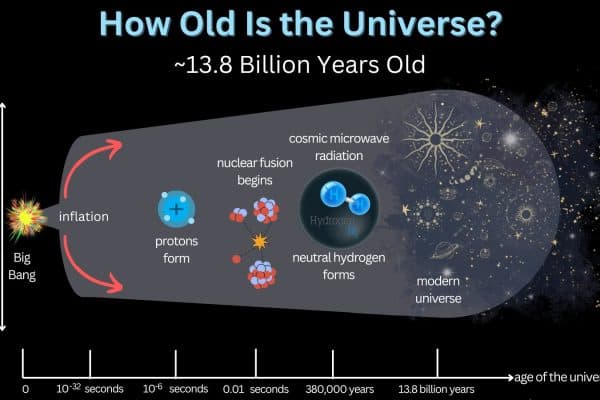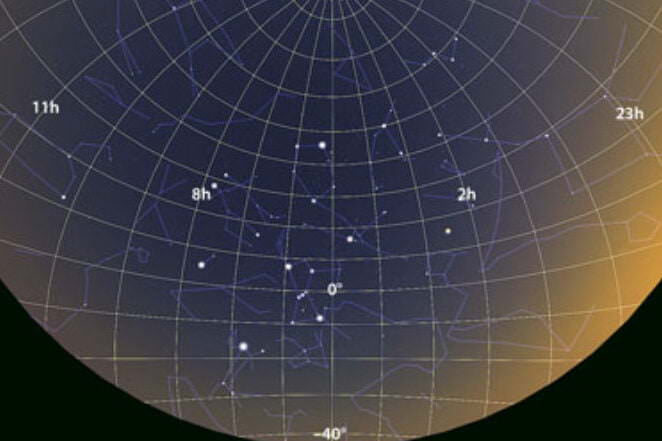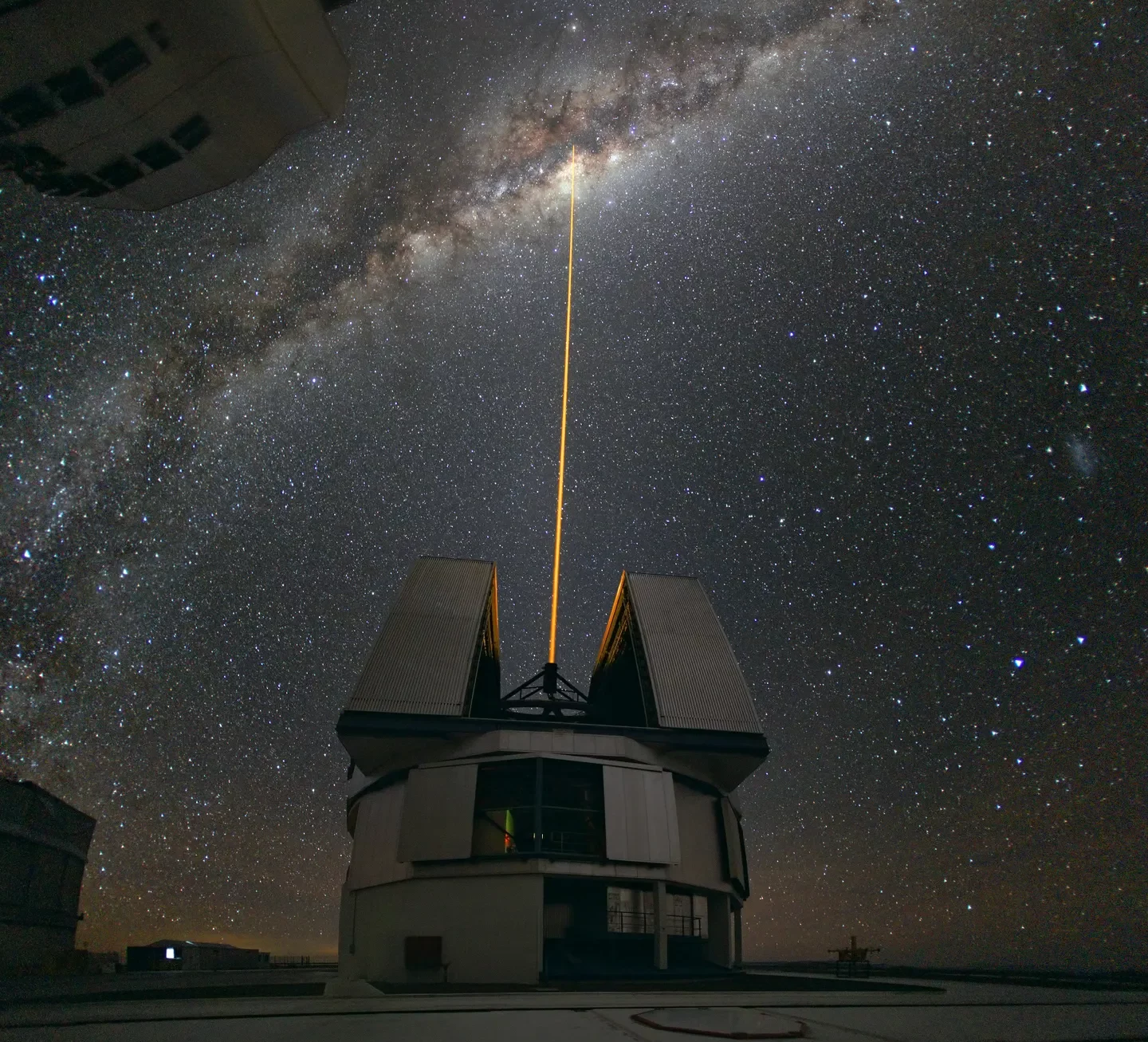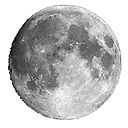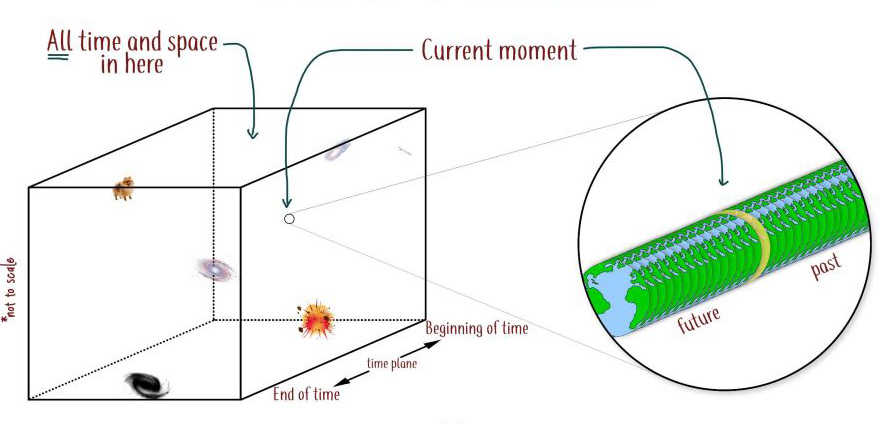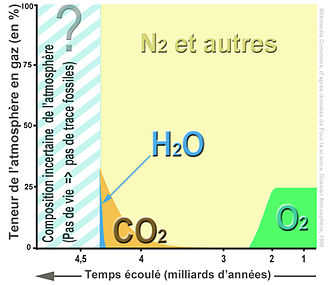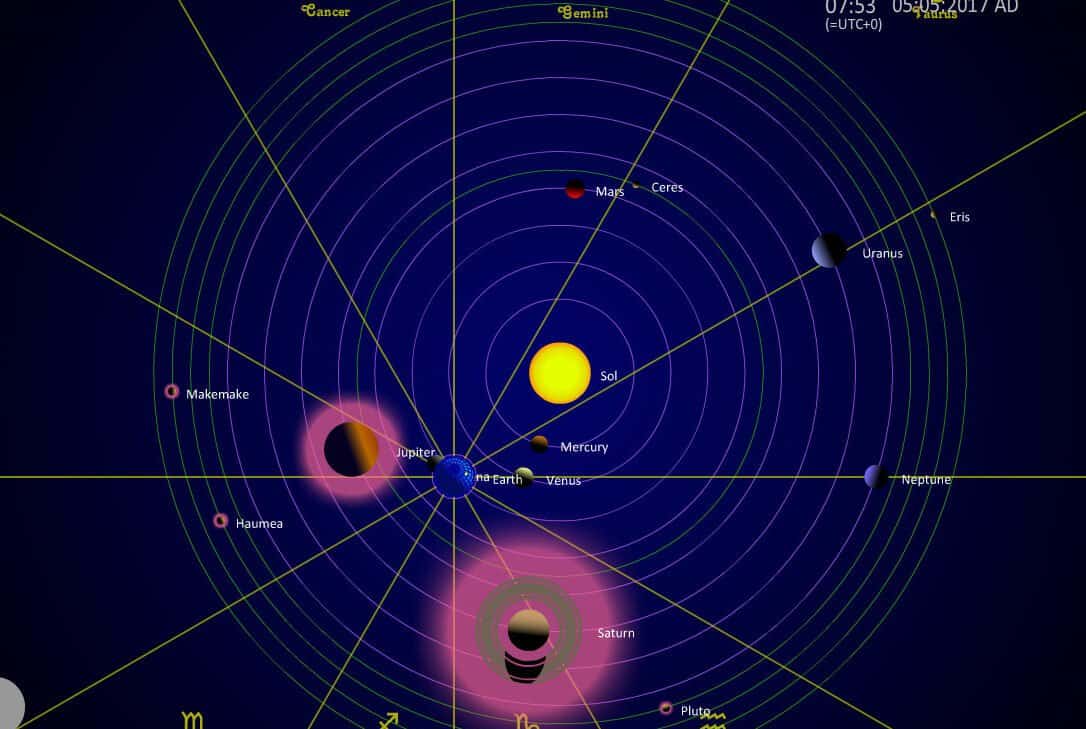
Find out Mars’ current location in the sky online
This webpage provides details about the present and projected position of Mars in the solar system and in the sky based on your location, along with its apparent brightness, size, luminosity, and more. Discover where Mars is currently located in the sky The chart displays the altitude of Mars above the horizon (—°) at different…




